Wearing a shoe that fits is your answer to having a comfortable and productive run. How do we determine if what we are wearing is not ill-fitting? How tight should running shoes be? Are there guidelines that we need to follow? We are here to help you.
The first thing that we should determine is the approximate measurement of our feet. Once you have that information, then you can start buying all the shoes that catch your eye. This post will guide you on how to know your shoe size plus other tips to help you find the right running shoe for your foot type.
How to Choose a Running Shoe
Are you on the hunt for a running shoe? Do you have a particular shoe in mind? If you don’t know what you are looking for, there is a big chance that you will feel overwhelmed by all the shoe choices in the market today.
The best running shoe is the one that feels comfortable to wear and has an excellent fit. The first thing you have to understand is the pronation or the normal movement of your foot while walking or running.
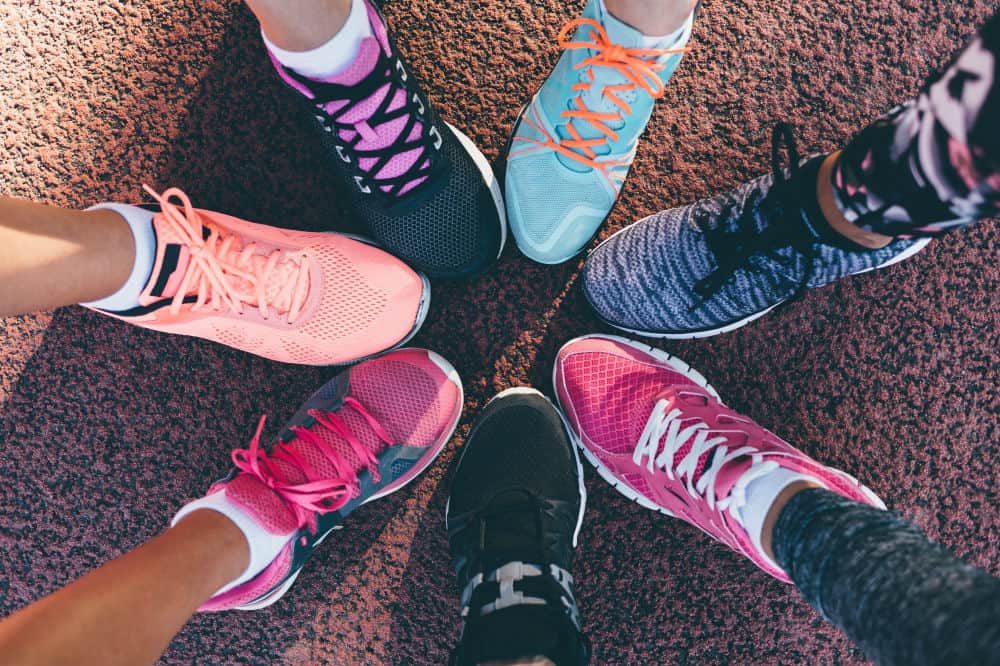
What Is Pronation?
Pronation is your foot’s natural way of lessening the impact of your every step. Below is a brief description of the types of pronation:
- Normal pronation is the normal movement of the foot from side to side. In this type, your foot will roll a little to the inside with every step. You can wear shoes with neutral cushioning.
- Overpronation is when your foot tends to roll inward more, putting all your body’s weight to the first and second toes. You can see this gait in flat-footed folks. Flat-footed people are advised to wear motion-control shoes or given orthotic insoles.
- Supination is the opposite of overpronation. Your foot rolls more to the outside wherein all your weight goes to the edge of your foot and your smaller toes. This type of gait happens to people with high arches. They need to wear flexible and well-cushioned shoes.
Knowing your gait pattern will help you in choosing the kind of running shoes that will suit your feet best. Checking your shoe wear pattern and making a bit of self-diagnosis can help.
If the soles of your shoes are more worn on the inner part, then you are an overpronator. Whereas, if the outer edge of the shoe is flatter, then you are a supinator. If you want an expert opinion, you can go to an athletic shoe expert, get a foot analysis at specialty stores, or go to a podiatrist if you feel pain, tingling, or numbness on your foot.
After determining your gait, you have to know your foot type by determining whether you have a normal arch, low arch, or high arch. The simplest way to test it is to wet your feet and then step on paper for 10 seconds. Once you have determined your gait and foot type, you can now proceed and choose the right running shoes that will suit you best.
If you are flat-footed, choose motion-control shoes. These are shoes with broad and straight shape, so your feet get maximum control and support. If you have a high arch and you tend to supinate, choose neutral cushioned shoes. It will absorb the impact of your step and will give you stability.
Know Your Foot Size
When trying out running shoes, the very first thing that you need to ensure is that it should have enough toe box room to wiggle your toes and wide enough for your foot to spread out when running.
Knowing your exact shoe size is vital when buying a shoe. Wearing a shoe that is too small or too big for your feet may even post a risk of injury to your foot and ankle.
Here are some tips on how to get your foot size:
- Measure your foot at home by stepping on a piece of paper and outlining your foot all around.
- Mark the outline of your foot with a straight line using a ruler.
- Measure the length of your foot from top to bottom with a ruler or a tape measure. This measurement represents the size of your feet.
- Measure the width of your foot from left to right. Some shoes offer different diameters as well.
- Use the length and width measurements to find your shoe size in a sizing chart.
How Tight Should Running Shoes Be?
Buying a running shoe is a bit different when purchasing a casual one. Running tends to expand your foot a little, so you buy one that is at least a half size bigger. So, how tight should running shoes be?
Here are some reminders to take note of when buying running shoes:
- You should have enough wiggle room for your toes by having at least a thumb size allowance between the front edge of the shoe to the tip of your longest toe.
- Your midfoot should feel secure yet comfortable when wearing running shoes as if a hand is holding your foot.
- There should be no slipping of the heel when you walk or run wearing the shoe.
- Check the eyelet rows. It should be strictly parallel to each other.
The running that you want to do also plays an essential role in choosing your running shoes in addition to the size, pronation, and your foot arch. A tighter fit means you want speed in your running. You will not need wiggle room if you’re going to run fast.
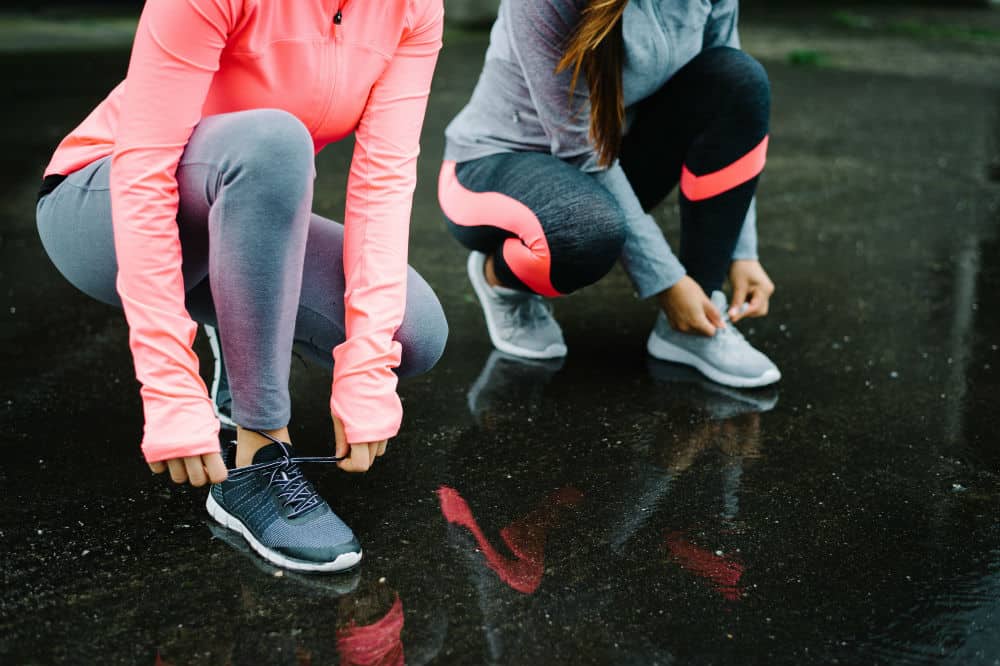
Additional Tips on How to Fit Running Shoes
- Measure your feet yearly because they sometimes change as you get older.
- Women’s feet grow larger during and after pregnancy.
- Your running shoe size should be bigger by a half size from your regular shoes.
- Use your larger foot to fit when trying on running shoes. Your left foot and right foot does not have the same size.
- Choose a snugger fit of your running shoes if you want to run faster.
- The thickness of your socks may also affect the fit of your shoes. It is better to wear socks when buying running shoes.
- The way you lace your shoes can also make a difference in how they fit.
Conclusion
The right running shoe will always depend on how comfortable it feels when you are wearing it. Make sure that you know your right shoe size and adequately fit the shoe before buying it for a more productive and enjoyable run.

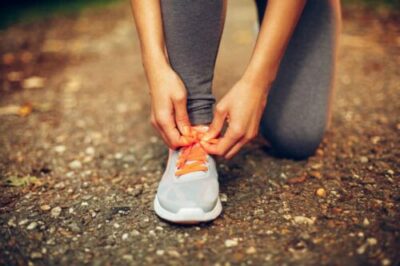

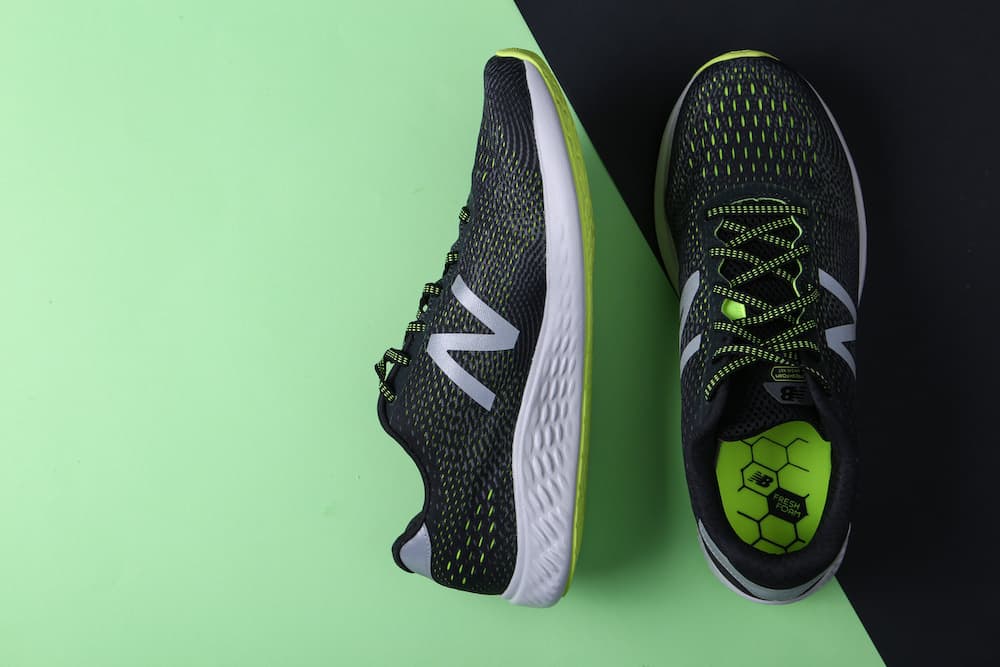
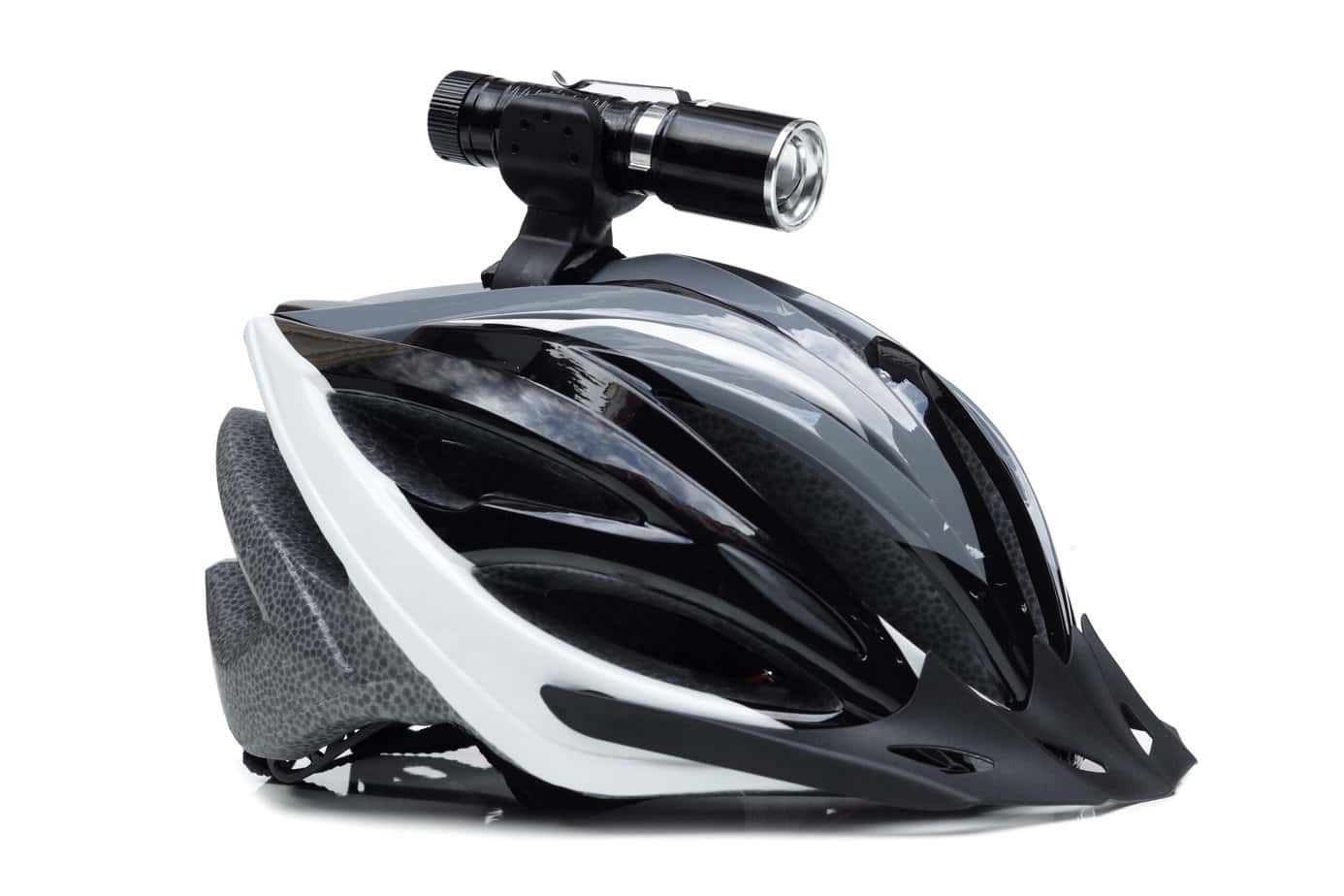
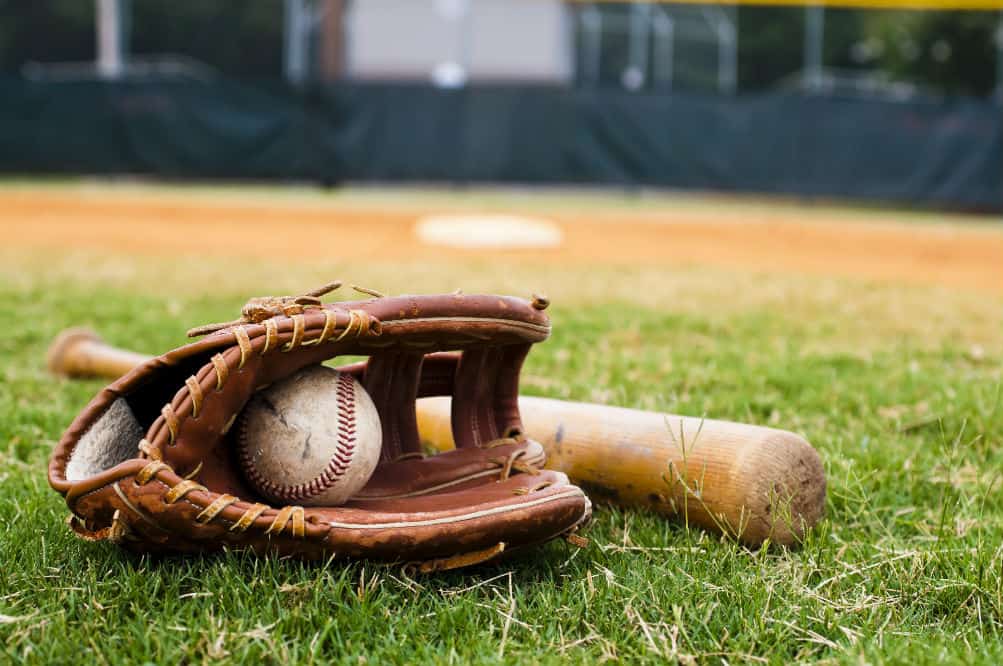
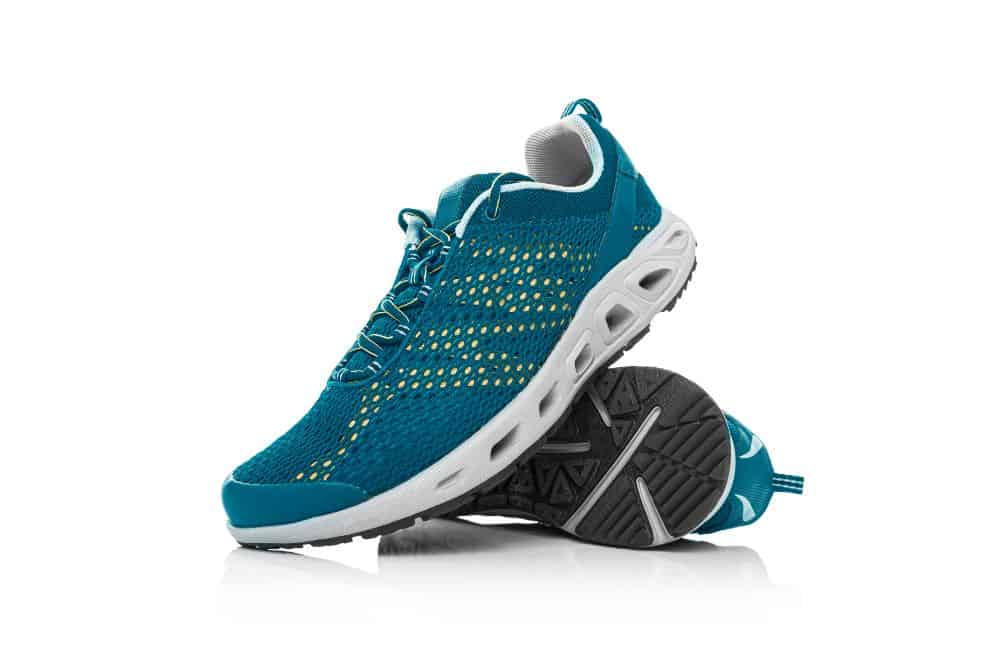


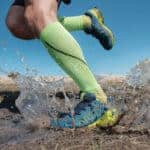


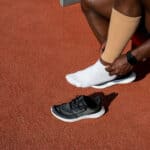

Great article. I wish I had seen this article a few years ago. I used to run in cheap trainers and eventually they caused me to get shin splints from not having the correct footwear. It’s worth spending that extra bit of money to get the right running shoes. Most local sports shops now allow you to trail running shoes and help you find the right running shoes
Hello, Darren, and thank you.
Thank you for your kind words.
Great to hear about your benefit of the article too.
Yes, if possible, it is essential, for your feet to get good running shoes. They don´t need to be so expensive.
Don´t hesitate to contact me if I can help you with anything else, or if you have any questions.
Wow, such educative post. I didn’t know in the past about gait patterns and pronation. I guess my feel overpronates in my shoes. I do love running, and sometimes the shoes can be the biggest problem. They can ultimately damage our foot. Now I know what to look out for and how to measure my feet to get the best running shoes for me. Thanks for posting this.
Hello, Henderson, and thank you.
Thank you for your kind words.
Great to hear about your benefit of the article too.
Yes, we need to choose the shoes we use carefully, so we have the most benefits of it. When I was reading your comment, I thought that this post could be useful for you. There are some excellent ideas about the type of running shoes. I think you could be engaging at.
Don´t hesitate to contact me if I can help you with anything else, or if you have any questions.
Overpronation happens to me constantly whenever I’m on my running shoes. I love my running shoes to be very tight as I love to feel my leg getting involved in everything I do, but then it does comes at a price since j do most times end up having a bad toe. But I have decided against that now, and I think I need to measure my feet and try the shoes on first before making a purchasing decision to give me an extra bit of space for my leg to be well balanced in the shoes.
Hello, RoDarrick, and thank you.
Thank you for your kind words.
Great to hear about your benefit of the article too.
Many years ago, the ideology, at that time, was that the running shoes should be very tight. But both knowledge and, particular, development of the shoes have changed a lot. So now it is important to have in mind that it should be comfortable to run.
And that is, of course, very logic. If you feel comfortable, your performance and enjoy is much better.
One part of it, as you mention, is to give the toes space. It is complicated to run, at least with benefit, if your toes are not good.
Don´t hesitate to contact me if I can help you with anything else, or if you have any questions.
Great to hear about your benefit of the article too.
This is a question I get asked often by people that are just starting with running either a hobby for fun or as a part of their exercise regimen to lose weight or get in shape. They really worry about injuring their feet or ending up with blisters and pain that they have to live with during the rest of their day. They want to avoid this, of course.
The advice on the fit is really helpful when it comes to how tight the shoe needs to be, as these parameters will determine how you have to tie the shoe to get a tight but not uncomfortably tight fit. If you do not have the right size and style, likely you will have to tie the shoe tighter than it should be to get it to stay on properly as you run.
In my experience, it is also good to measure your feet before buying your running shoes and the tip on knowing the style of runner you are is helpful too, as it will help you get the right style of running shoe that is designed to provide the support for your feet. Great article, I have bookmarked and forwarded it as well! Thanks…
Hello, Dave Sweney, and thank you.
Thank you for your kind words.
Yes, I agree that it is vital to measure your feet before your shoes. It is an essential part of being in the right shoes for your legs — more comfortable and less risk.
Don´t hesitate to contact me if I can help you with anything else, or if you have any questions.
Thanks for this article. I think I got the right size of shoes, but sometimes when I am tying them, one foot feels tighter than the other. Do you have any tips on how to tie them both evenly? I end up having to adjust one shoe plus or minus a bunch of times, and it takes a while for them to feel even. Maybe my answer came later in your article when you said that one foot could be bigger than the other.
My foot seems to like to be just a little bit pronated I guess. When I wear shoes that favor the pronation, it seems actually to help my knees. Do you think you could explain a little more about using the piece of paper to test what kind of arch you have? I could always look up a demonstration video on YouTube. So it’s okay.
Is measuring your foot that way always going to be accurate? I thought that some shoe companies measure things differently. That’s why I was worried to order shoes online. But I’d rather order shoes online because it will save me time from going to a store!
Anyway, thank you for your article. I always appreciate your website, and by the way, I just noticed your logo and it’s a very nice logo. Take care, and I look forward to reading more.
Hello, Jen, and thank you.
Thank you for your kind words.
Great to hear about your benefit of the article too.
I would not be worried about having them tied exactly as tight. The comfortable part is important, and it possible that there is a little difference in your foot, which is the reason for that there is a difference in how you tight them.
I am afraid that I have explained the measure by using the paper in as many details I can. Sorry about it.
I have pointed a lot of Amazon as it is very easy to change if the shoe sizes are not correct. Maybe it is good for you to use?
Don´t hesitate to contact me if I can help you with anything else, or if you have any questions.
Your article really explains why I felt excruciating pain on my big toe when I jogged with my sneakers after lab work to my room. I wondered what was really causing that because I never felt any pain on a normal walk. Like you described it doesn’t have a flexible design to accommodate the wiggling of my toe during the run…that’s why I’ve had that pain for some time.
I guess I now have to change it for a more flexible one that fits your description so that it can serve for the two purposes: walking and running. This is an eye-opening. Thanks
Hello, DerrAd, and thank you.
Thank you for your kind words.
Great to hear about your benefit of the article too.
Don´t hesitate to contact me if I can help you with anything else, or if you have any questions.
Great to hear about your benefit of the article too.
A dept of appreciation is all together for including what to be considered before getting a running shoe particularly getting top to bottom learning of shoe size. The recorded test to pick between movement control shoes and pick impartial padded shoes is educative. I appreciated the tips you gave on the most proficient method to be fit with yearly estimation of foot and picking a snugger fit to run quicker. Having thoughts of what to yet before getting it is basic. Helpful post, much appreciated
Hello, Crownwo, and thank you.
Thank you for your kind words.
Great to hear about your benefit of the article too.
Don´t hesitate to contact me if I can help you with anything else, or if you have any questions.
Great to hear about your benefit of the article too.
Good post. This definitely includes something that holds more value and we can learn from
Hi, Nickronindia, and thank you.
Thank you for your kind words.
Don’t hesitate to contact me to help you with anything else or if you have any questions.